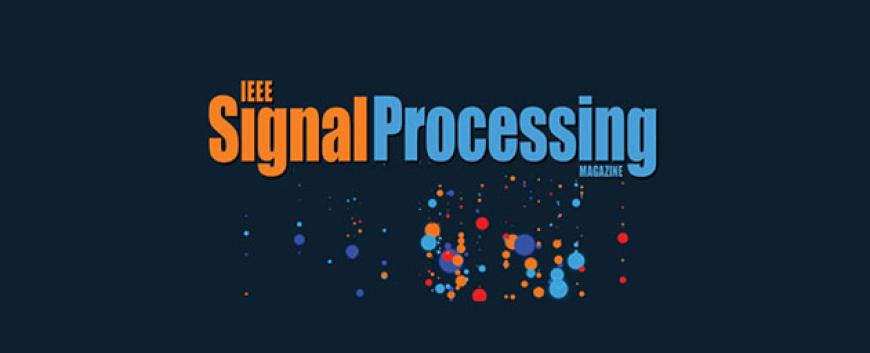Nov
01

White Paper Due: 1 November 2024
Publication: December 2025
The study of the brain remains one of the most intricate and compelling frontiers of scientific research. With the advent of advanced neurotechnology and data science, we stand on the brink of unprecedented discoveries that could help unravel the complexities of brain function and dysfunction. This Special Issue is in part motivated by discussions arising from the highly successful IEEE Brain Discovery and Neurotechnology Workshop, a satellite event to the Society for Neuroscience. As an IEEE-wide effort, the IEEE Brain Technical Community unites engineering and computing expertise across IEEE Societies and Councils relevant to neuroscience.
There are a wide array of neuroimaging modalities producing vast and complex datasets that are challenging to analyze and interpret. This Special Issue of the IEEE Signal Processing Magazine aims to provide a venue for a wide and diverse audience to survey recent research advances in cutting-edge computational methods and technological innovations to accelerate brain discovery and provide insights into brain dynamics, connectivity, function and structure. The integration of data science and neurotechnology has the potential to revolutionize our understanding of the brain. However, this requires the development of sophisticated computational tools capable of handling large-scale, high-dimensional data, and extracting meaningful patterns. Traditional approaches often fall short in the face of such complexity and volume, necessitating the adoption of novel methodologies and interdisciplinary collaboration, one of the key goals of the IEEE Brain Technical Community. While deep learning applications have become popular, for this issue we are also interested in a broader focus on brain discovery and data science and encourage models that move beyond standard applications, a link across disciplines with special emphasis on signal processing.
Topics of Interest includes but are not limited to:
- Dynamical systems models of brain function.
- Data science and technology-based neuroscience
- Visual analytics for enhancing interpretation
- Data driven models for disease detection
- Graph neural networks for connectivity analysis
- Signal processing links to brain data analysis
- Discovery from multimodal and multidimensional data
- New neuroimaging and electrophysiological devices
- Real-time brain-computer and neurofeedback interfaces
- Foundational models for neurotechnology
- Ethical, legal, and societal implications of neurotechnology
White papers are required, and full articles will be invited based on the review of white papers. The white paper format is up to 4 pages in length, including the proposed article title, motivation and significance of the topic, an outline of the proposed paper, and representative references. An author list with contact information and short bios should also be included. Submitted articles must be of tutorial/overview/survey nature, in an accessible style to a broad audience, and have a significant relevance to the scope of the Special Issue.
Submissions should not have been published or be under review elsewhere. Manuscripts should be submitted online. Please follow the guidelines on the SP Magazine Information for Authors page.
Important Dates
- White Papers due: 1 November 2024
- Invitation notification: 1 December 2024
- Full manuscripts due: 1 March 2025
- First review to authors: 1 May 2025
- Revised due: 1 July 2025
- Final decision: 1 September 2025
- Final materials due: 1 October 2025
- Publication: 1 December 2025
Guest Editors
- Prof. Vince D. Calhoun, TReNDS, Georgia State/Tech and Emory University, USA
- Prof. Damien Coyle, University of Bath, UK
- Prof. Javier Escudero, University of Edinburgh
- Prof. Borbala Hunyadi, Delft University of Technology, Netherlands
- Prof. Jing Sui, Beijing Normal University, China
Please contact Guest Editors for any initial questions concerning this Special Issue.
